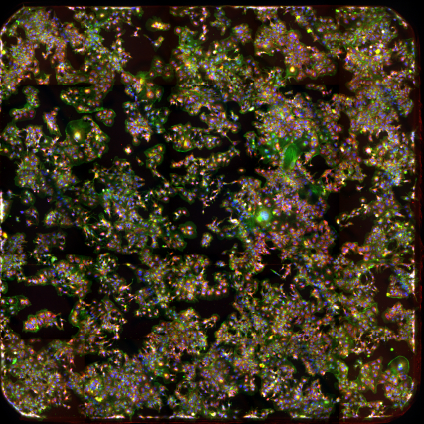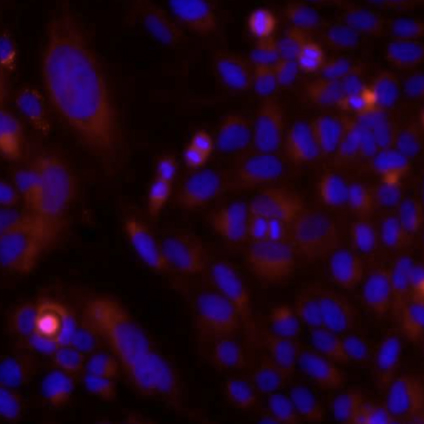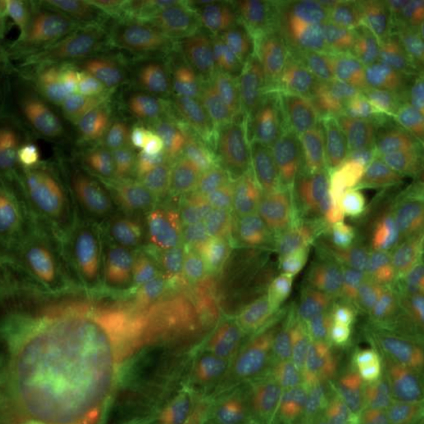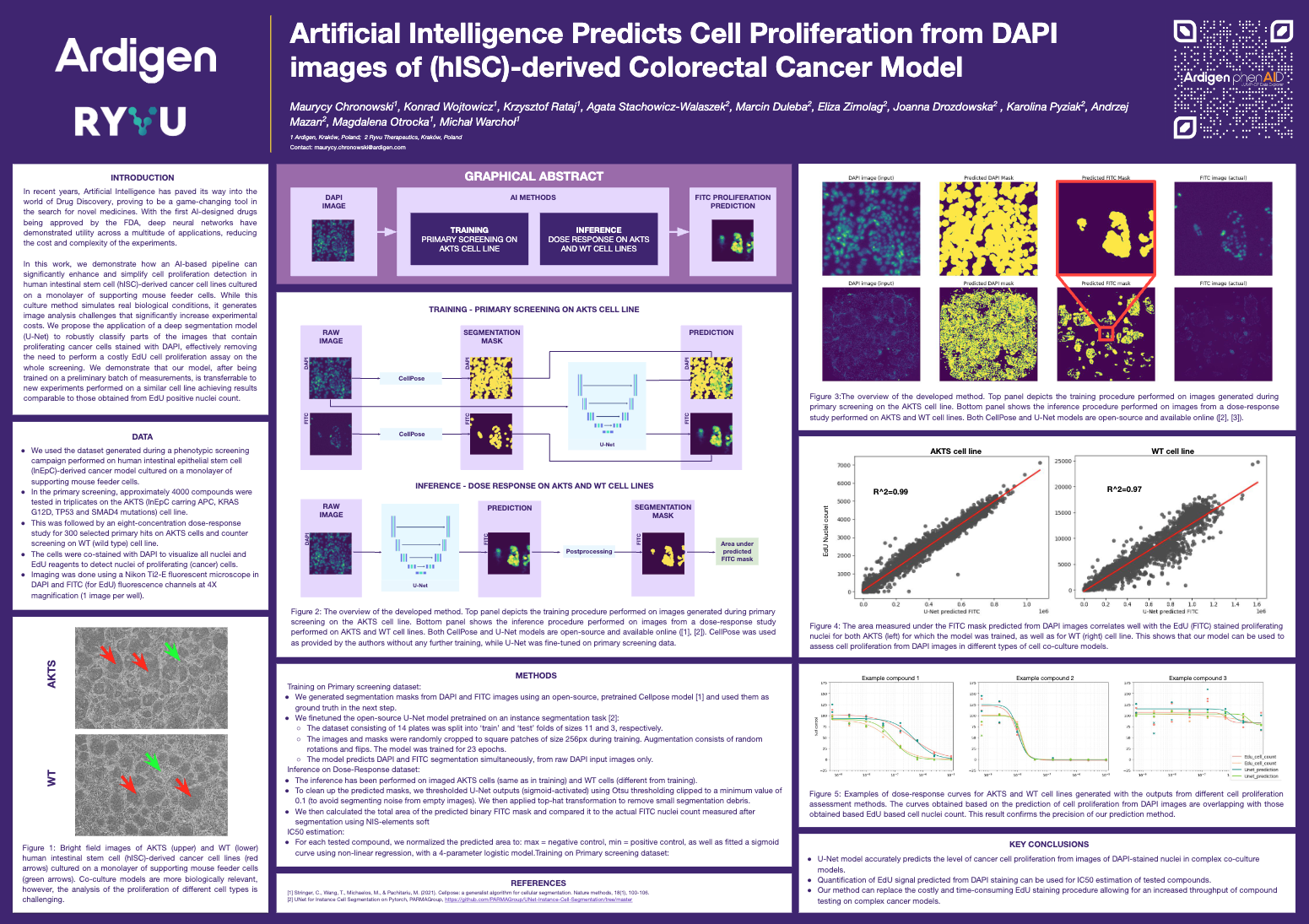Phenotypic profiling, Ardigen phenAID
Accelerate your research and identify better drug candidates with morphological profiling
Ardigen phenAID bridges the gap between cell imaging and small molecule design
Ardigen phenAID isn’t just a platform — it’s your partner in innovation. By integrating AI advancements in computer vision and AI-cheminformatics with molecular biology and medicinal chemistry, we’ve crafted a solution that transforms cell imaging analysis to synthesize small molecule design.
With Ardigen phenAID, you can leverage multimodal data for drug discovery to identify therapeutic targets, optimize small molecules, and advance biologics. This integration facilitates precise AI-driven image analysis and interpretation of complex biological data, enabling the discovery of specific and effective drug candidates for phenotypic screening AI.



Conduct fewer experiments, maximize successful outcomes
Obtain up to 40% more accurate hits
Curtail negative effects from the outset
Explore millions of molecules by interrogating the chemical space
Extract pivotal scientific insights from morphological profiling
Predict
Accurate hit identification
Our platform’s advanced image analysis and AI-driven models allow for precise detection of active compounds, ensuring that you focus on the most promising drug candidates right from the start of your phenotypic drug discovery enabled by ML/AI methods.
Uncover Mechanisms of Action (MoA)
Elucidate biological pathways and interactions of compounds for a comprehensive understanding of how they affect cellular processes. Utilize this knowledge to develop targeted therapies.
Predict bioactivity with confidence
Predict the bioactivity of compounds across different biological models. By integrating multimodal data, Ardigen phenAID provides reliable bioactivity predictions to prioritize compounds with the highest therapeutic potential for phenotypic screening AI.
Explore chemical space with Virtual Screening
Explore millions of compounds in silico by simulating molecule-target interactions. Virtual Screening accelerates the identification of viable drug candidates and reduces experimental costs, a key component of virtual screening drug discovery.
Generate
Design and optimize custom molecular libraries
Design custom libraries tailored to your research needs. Ensure that your library is rich in compounds with high therapeutic potential by integrating predictive modeling.
Refine and optimize lead compounds
Optimize leads for efficacy, selectivity, and safety by analyzing structure-activity relationships and predicting key properties to advance toward successful drug development.
Contact us for the a demo consultation
A proud partner of the JUMP-CP Consortium
Ardigen is a key supporter of the JUMP-CP Consortium, which aims to validate and scale up image-based drug discovery strategies by creating the world’s largest public cell imaging dataset, encompassing both genetic and chemical perturbations.
The consortium’s members include 10 leading pharmaceutical companies (Amgen, AstraZeneca, Bayer, Biogen, Eisai, Janssen Pharmaceutica NV, Merck KGaA, Pfizer, Servier, and Takeda), along with two non-profit research organizations (the Broad Institute of MIT and Harvard), and Ksilink.
Ardigen contributes deep learning expertise and provides a web application to facilitate the exploration of the JUMP-CP Cell Painting dataset and advance cell pointing say analysis.
OASIS Consortium
Omics for Assessing Signatures for Integrated Safety Consortium
Ardigen is a tech partner in the OASIS Consortium, a global initiative advancing multi-omics technologies for chemical safety assessment.
Convened by the Health and Environmental Sciences Institute (HESI) in collaboration with the Broad Institute, OASIS brings together over 60 experts from industry, academia, and government, focusing on integrating Cell Painting, transcriptomics, and proteomics to develop innovative safety assessment tools.
Key partners include Bayer, Genentech, Merck & Co., Merck KGaA, Novo Nordisk, the Broad Institute of MIT and Harvard, Amazon Web Services, and Revvity, all working together to develop safety assessment tools, leveraging our expertise in phenotypic screening services.
See also:
Contact
Ready to transform drug discovery?
Leave us a message and we will reach out to you within 24 hours, to tell you more about how we can empower your drug development journey.
Newsletter
Become an insider
Be the first to know about Ardigen’s latest news and get access to our publications, webinars and more!



